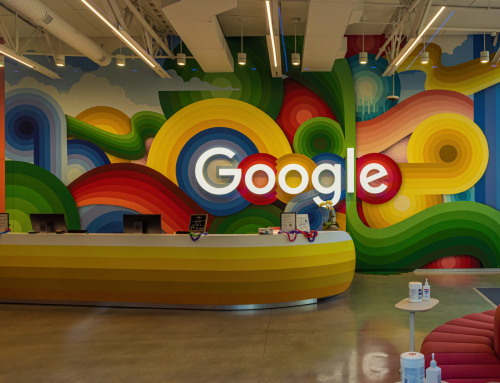Meta, the company behind Facebook and Instagram, has published a total of 22 detailed explanations of what content is served to users in a move to create more transparency. These explanations are intended to give users insight into how the algorithmic sorting of the feed, search results and recommendations on the platforms works. With this move, Meta aims to better understand how users can control the content in their apps. In this blog post, we take a closer look at the background and implications of this transparency offensive.
The signal factors of the Instagram and Facebook algorithms
The published statements provide general information about how the algorithms work. However, in the case of Instagram stories, specific signal factors that influence the prediction of the most interesting content are listed. These include, for example, the frequency with which users view posts by the story creator, the device platform used (web, Android, or iOS), the average time spent viewing stories, the number of stories skipped, the frequency of re-watching stories, and the time of day at the user’s location. In addition, factors such as the number of messages exchanged with the Story creator outside of Instagram and the likelihood of connecting outside of Instagram are taken into account.
Significance of the transparency initiative
The release of this information shows how Meta is mining a myriad of data to provide personalized content. This may be surprising or disconcerting to some users. At the same time, however, Meta provides options to influence sorting if users don’t like the current approach. On Facebook, for example, users can click “Show More” or “Show Less” to temporarily increase or decrease the rating of the current content.
Meta’s motivation and future developments
Meta President Nick Clegg emphasizes that disclosing how algorithms work is a response to the concerns and risks associated with generative artificial intelligence. He sees transparency as the best way to address these concerns. In addition to the disclosed information, Meta announces it will provide new tools for research in the coming weeks. A content library and interface will help researchers access publicly viewable content on Facebook and Instagram. This move is not only for research, but also to meet data sharing and transparency obligations.
Conclusion
Meta’s transparency initiative, which explains how Instagram and Facebook algorithms work, is a step in the right direction to help users better understand and have more control over the content they see. It is important for users to know how their feeds and recommendations are compiled and what factors are involved.
The release of this information also shows that Meta is aware of the growing importance of privacy and transparency. The company is responding to increased user expectations and regulatory requirements, particularly with regard to the EU law on the protection of digital services.
A critical assessment is that the published information provides only limited insight into the complex algorithms of Instagram and Facebook. The exact weighting and impact of each signal remains largely unclear. Users should continue to interact consciously with the platforms and use the available control options.
Overall, Meta’s transparency offensive is a step in the right direction to disclose how the algorithms work and give users more control. However, this does not change the fact that users are increasingly being trapped in their own “content bubble” by algorithms that are now controlled by AI, and that data is thus being massively exploited for advertising purposes.







